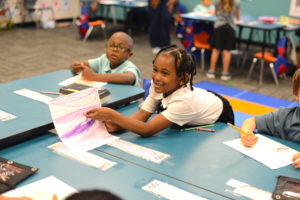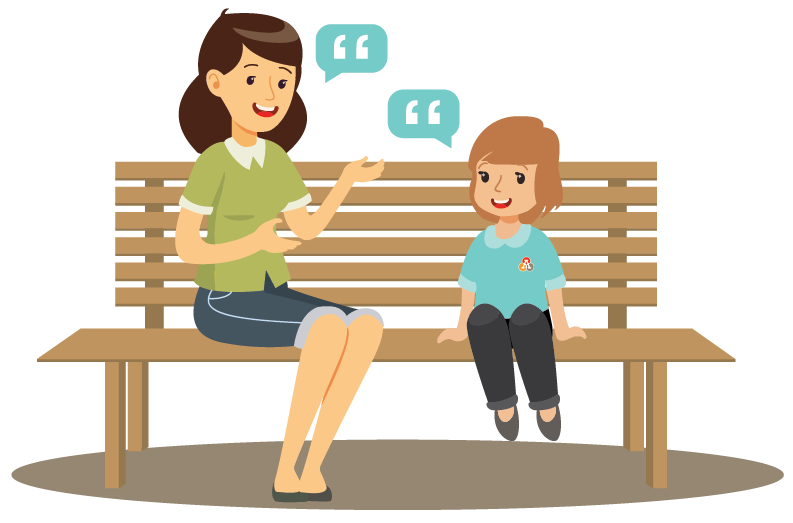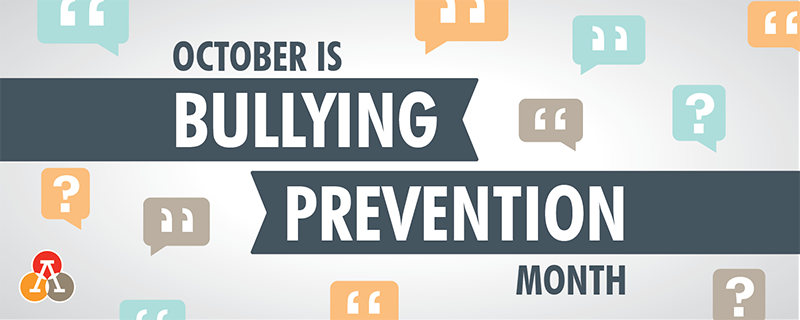Bullying in schools is an issue many know all too well. This school year, many of our students are distance learning and interacting with others digitally more than ever before, which means that cyberbullying will be much more common.
Although research has yet to find a perfect solution to this complex problem, Athlos strives to prevent bullying through cooperative effort, the development of Performance Character traits, and social emotional learning.
What Defines “Bullying?”
There are many different types of bullying, so it’s important to know what it is and what it is not.
According to the U.S. Department of Health and Human Services, “bullying is unwanted, aggressive behavior among school-aged children that involves a real or perceived power imbalance. The behavior is repeated, or has the potential to be repeated, over time.”
This distinction is important because school marks the first opportunity for students to interact, cooperate, and share with each other. This often means they are still discovering new feelings and learning to make decisions, which sometimes leads to irrational behavior and unintended harm. Though this kind of behavior should be addressed, it is not considered bullying.

What Defines “Cyberbullying?”
Cyberbullying is defined the same as bullying offline but takes place over digital devices like cell phones, computers, tablets, and gaming consoles.
According to the U.S. Department of Health and Human Services, “Cyberbullying includes sending, posting, or sharing negative, harmful, false, or mean content about someone else. It can include sharing personal or private information about someone else causing
embarrassment or humiliation.”
Please see the following cyberbullying resources for each social platform:
Facebook | Instagram | Twitter | Tick-Tock | Snapchat | Zoom | Video Games and Others
What We Know About Bullying
Whether it be bullying or a similar action, when addressing these issues through social emotional learning it’s important for adults to know what, when, and where bullying or cyberbullying typically takes place so that they can better help intervene and prevent it.
According to research gathered by the U.S. Department of Health and Human Services:
- Most bullying occurs in middle school with the most common type of bullying being verbal and social
- Most bullying takes place in school, on school grounds, and on the bus. Bullying also occurs wherever children gather in the community and online.
- Recent studies show that among students ages 12-18 who reported being bullied at school, 15 percent were bullied online or by text
- Bullying typically involves groups of students who support each other in the bullying behavior
- There is no single profile for a student who bullies
Whether you are an educator, parent, or community member, it’s important to know the warning signs for bullying and who is most at risk. If you have recently witnessed or suspect an incident involving bullying, speak out and discuss it with school officials and parents immediately.
Doing nothing only encourages more bullying.

Bullying Is Preventable
Many times, school staff and parents are unaware of bullying; less than 40 percent of students who are bullied will notify adults about the issue. The top reasons students don’t discuss bullying with adults is because a) they want to handle it on their own, and b) they don’t believe they’ll be taken seriously.
To improve these statistics, schools need to work closely with parents, students, and community members in creating a safe learning environment both online and offline where children can trust and communicate openly.
Movement breaks, classroom huddles, and incorporating Performance Character traits into everyday teaching are just a few of the ways Athlos strives to foster an open and safe learning environment.
Together We Can Prevent Bullying
Whether it’s online or “in real life,” bullying prevention through social emotional learning will take time. It’s a complex issue and it would be unrealistic to expect a single solution with instant results. It requires a community effort between school staff, parents, and students. It’s more than just awareness, it’s a paradigm shift for a whole community.

Everyone plays a part to prevent bullying. Educators and parents need to learn the warning signs for bullying, ask questions, actively listen, and provide support. Students need to practice standing up, speaking out, and getting help. Community members not directly affiliated also play a role by being aware at bus stops, shopping areas, community parks, online communities and groups, and other common areas where youth gather.
Though there is yet to be a perfect solution to bullying, by simply being aware of the warning signs, fostering a school culture of trust and support, and taking appropriate action, we can prevent bullying together.
Related Reading: How to Talk to Your Child About Bullying and Cyberbullying (PDF)


























